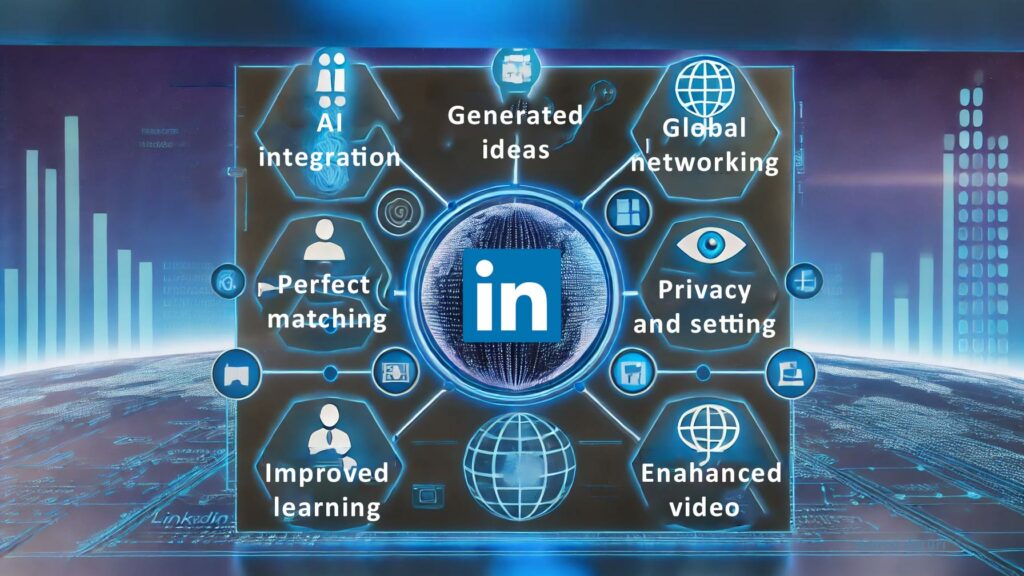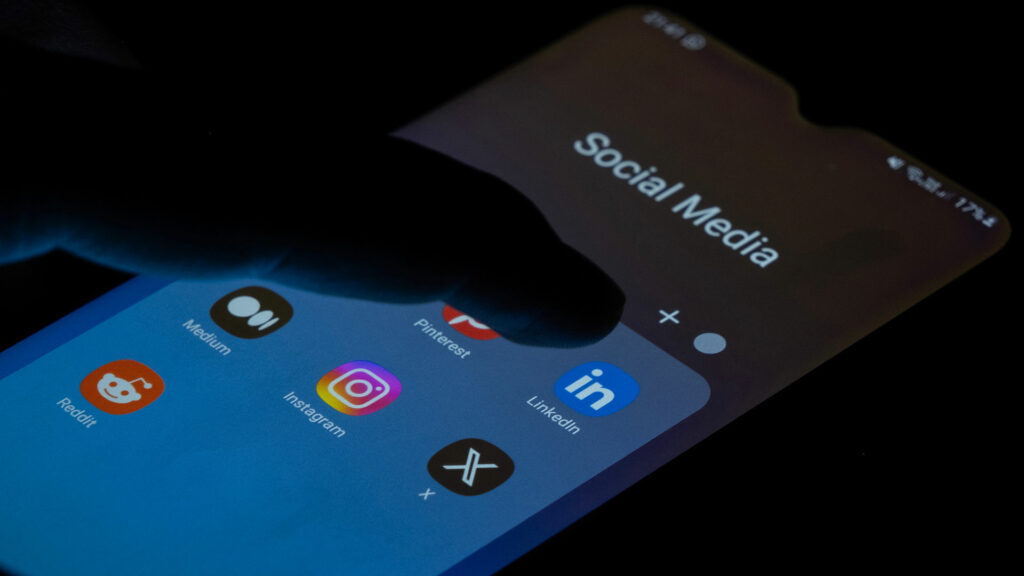Snippet
Imagining LinkedIn’s future, we can expect AI to take a central role in personalizing user experiences and revolutionizing recruiting through advanced matching algorithms. AI will enhance recruiting and personalized content, while video and live streaming will dominate communication. Global networking, privacy improvements, and continuous learning will shape the platform, making it indispensable for professionals worldwide.
LinkedIn was officially launched in 2003, but it only started gaining popularity in Italy a few years later. Although the platform was available globally, it took some time before it was widely adopted by professionals. This explains why many, including myself, ignored it in its early years, until it became a useful tool for networking and building an online professional presence.
Over time, LinkedIn adapted and transformed, experiencing a turning point in 2016 when it was acquired by Microsoft. This move significantly boosted the platform’s growth, allowing LinkedIn to evolve further, becoming not only a networking tool but also a valuable resource for managing professional and business relationships.
Today, LinkedIn is an essential resource for anyone looking to build a solid professional network. With the continuous evolution of technology and the needs of professionals, we can anticipate some interesting developments for LinkedIn.

What does the future hold for LinkedIn?
We cannot predict LinkedIn’s future with certainty, but our assumptions are based on current trends and probable developments in the landscape of professional networking and digital branding. Let’s look at some key points.
Artificial Intelligence as the main driver
The integration of Artificial Intelligence (AI) is already visible on LinkedIn, with connection suggestions and feed personalization. However, we are only at the beginning.
In the future, AI will not only improve these functions but will become the cornerstone of recruiting, capable of more accurately filtering the right candidates, suggesting tailored opportunities, and analyzing performance data.
It won’t just be a tool for companies, but also for professionals, who will be able to optimize their networks and personalize content based on their aspirations and interests.
The growing importance of video and live streaming
In recent years, videos have gained more space on all social media platforms, including LinkedIn. The platform, which historically was dominated by written content, is now focusing heavily on videos and increasingly on live streaming as the primary mode of communication. In the future, we might see LinkedIn becoming more focused on interactive video content, with LinkedIn Live becoming a key tool for virtual events, webinars, and corporate presentations. This shift toward video will make communication more authentic and immediate, enhancing engagement between companies and professionals.
The future of recruiting: automation and perfect matching
LinkedIn is already the leading platform for recruiting, but its functionalities will become even more sophisticated. Matching tools, based on machine learning, will be able to connect candidates and companies with greater precision. We wouldn’t be surprised if, in a few years, LinkedIn integrates automated pre-selection processes, where AI conducts initial interviews or evaluates technical skills before involving a human recruiter.
Global and multilingual networking
With continuous growth in emerging markets, global networking will be the future.
We can expect the introduction of advanced automatic translations, making communication between professionals from different countries even more seamless. LinkedIn could become a key platform for global virtual networking events, connecting experts from all corners of the world in real time, regardless of language barriers.
Enhancing authentic and quality content
Today, we already see how quality content on LinkedIn is rewarded in terms of visibility and engagement. But in the future, the platform might push even further towards a model where professional creators are incentivized, perhaps through grants or advanced content creation tools. A LinkedIn where authenticity becomes the core of communication is a very likely prospect.
Continuous and personalized learning
LinkedIn Learning is one of the tools we consider among the most valuable. Continuous learning is now a must, and LinkedIn could become the go-to place for reskilling and upskilling. With the advancement of AI, it’s likely that personalized learning paths will be created, based on each user’s skills and career goals.
The challenge of privacy and security
Data protection will become an increasingly central issue. With the platform’s growth and the rise of global professional connections, LinkedIn will need to invest in more advanced tools to ensure privacy and security. Stricter regulations, along with user demands, will push the platform towards higher security standards.
Integration with Microsoft and business tools
Since being acquired by Microsoft, LinkedIn has already begun integrating with tools like Office 365 and Teams. In the future, LinkedIn could become the central access point for managing professional relationships and teamwork. I imagine an ecosystem where LinkedIn is not just a social network, but an essential tool for B2B, collaborative work, and sales management.
New ‘Life’ page
The “Life” section of LinkedIn will likely see increased personalization and interactivity, with the introduction of more dynamic content like videos, virtual tours, and live sessions with employees to offer an immersive experience to candidates.
It will become even more central to corporate branding, with a focus on topics such as inclusion, sustainability, and well-being. Additionally, advanced analytics tools and AI integration will help companies optimize content and interact more efficiently with visitors.
The revival of professional groups and communities
LinkedIn groups have experienced a decline, but they haven’t disappeared. It might not be wrong to think that we will witness a revival of professional communities, with a focus on highly specialized niche groups.
These spaces could once again become incubators for ideas, collaborations, and opportunities, fostering interaction among professionals with similar interests.
Support for hybrid and remote work
The world of work has changed. LinkedIn has already responded with tools that support remote work, but the transition to hybrid work will require new tools and functionalities. One could envision LinkedIn becoming a hub for connecting professionals who operate in flexible environments, helping companies manage distributed teams and providing resources to facilitate remote work.
Is it your time on LinkedIn?
LinkedIn is set to remain a driving force in the professional world. As we look to the future, we see a platform that continues to evolve, focusing on artificial intelligence, video content, global networking, and advanced tools for recruiting and learning.
For those who have ignored LinkedIn, the time has come to ride the wave of change and take advantage of all the opportunities this platform offers.

